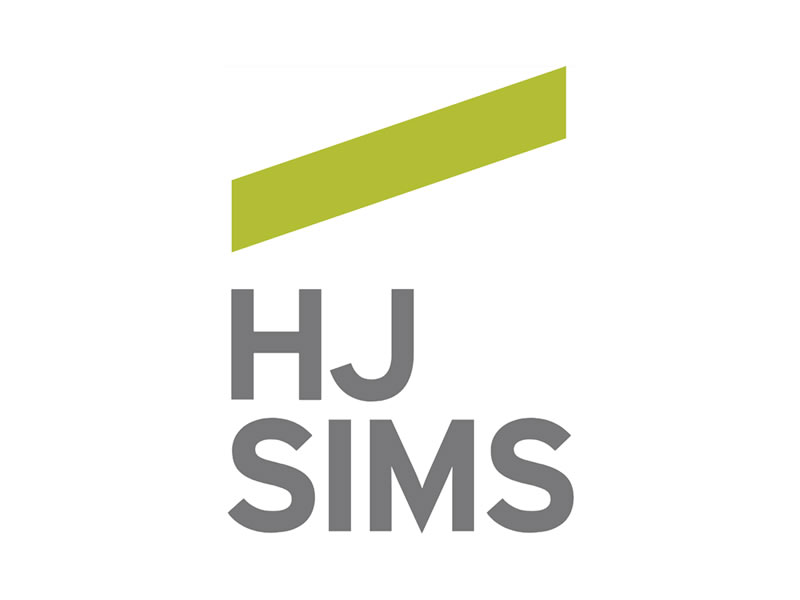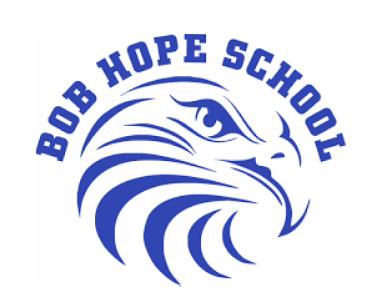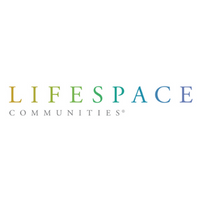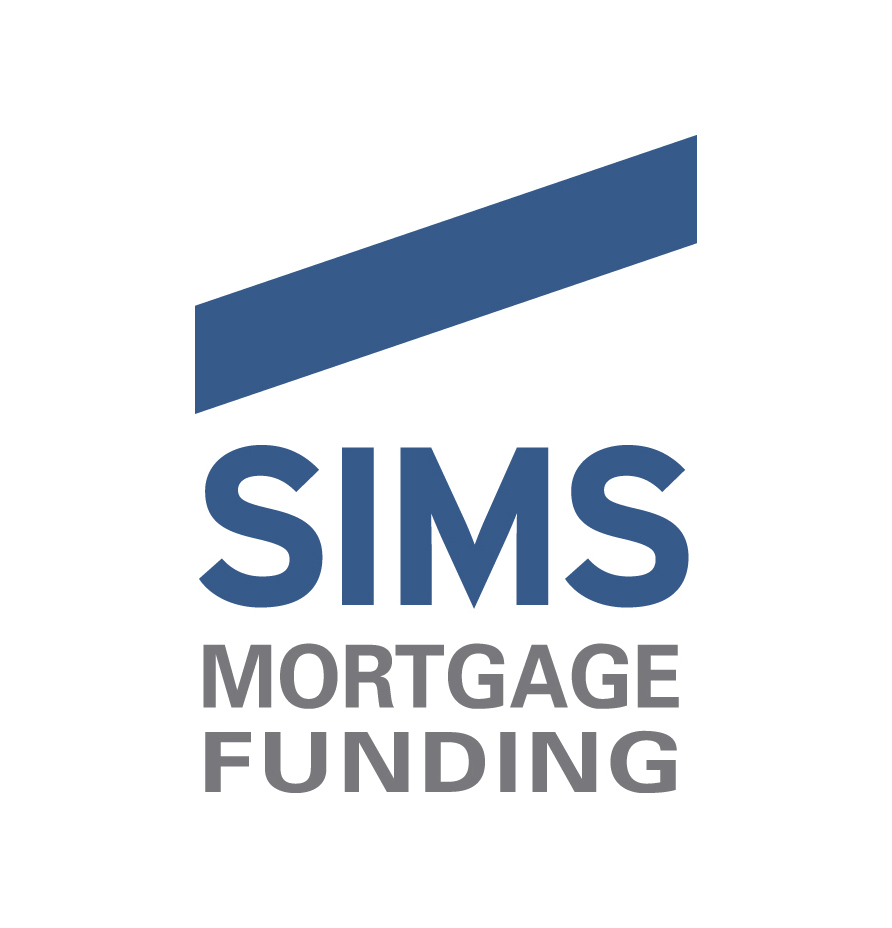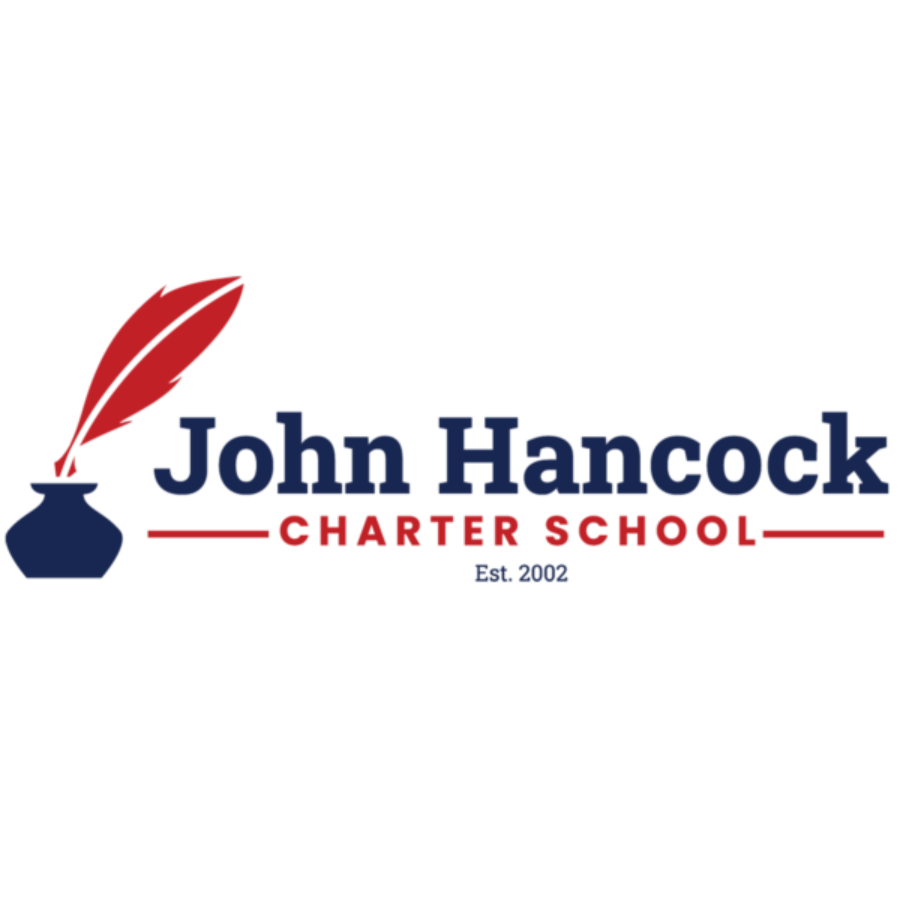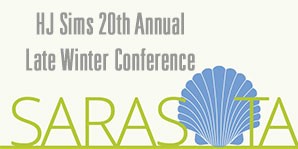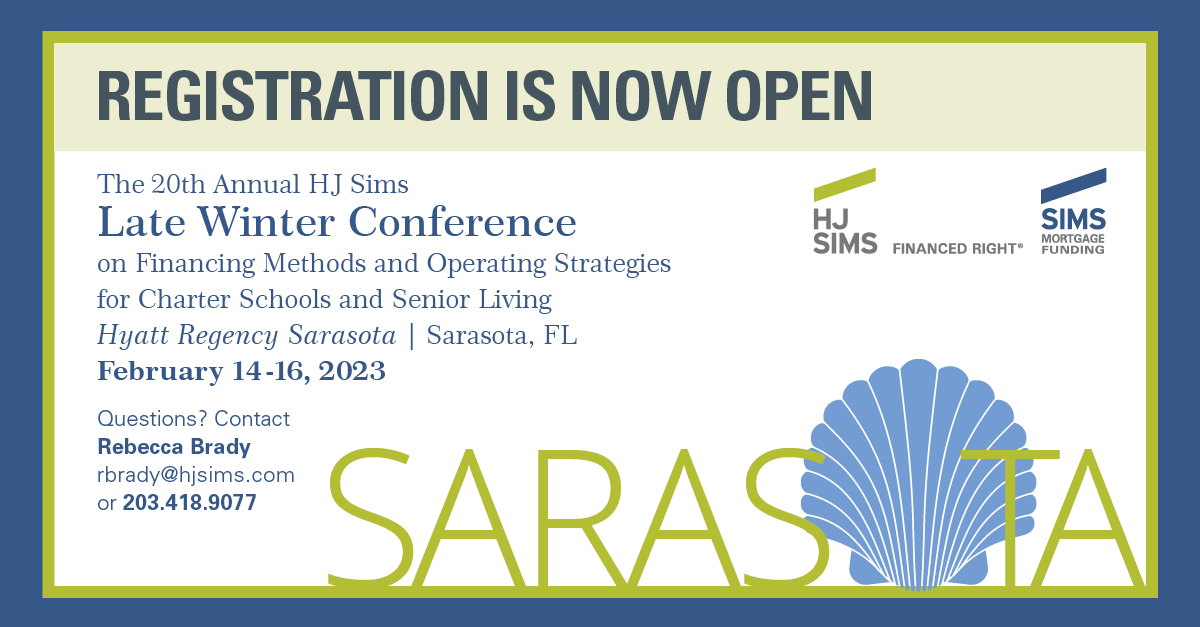HJ Sims advises Community First Solutions, Ohio-based owner and operator of three senior living communities, on accretive independent living expansion.
Continue readingHJ Sims Market Commentary: Measures of Wealth
Wealth today is generally defined as the value of all assets of worth owned by a person, community, country or country. Back in the heyday of the pantheon of the Greek gods, wealth was largely measured in agricultural terms. Today, respondents in the latest annual Schwab modern wealth survey concluded that having a net worth of $1.9 million qualifies a person as wealthy. However, the top 1% of households by income lost almost 16% of their overall wealth from the fourth quarter of 2021 to the third quarter of 2022.
Continue readingBob Hope School (The Hughen Center, Inc.) (November 2022)
HJ Sims successfully closes on $26.335 million Series 2022 Bonds for Texas nonprofit corporation, The Hughen Center dba as Bob Hope School, which currently operates four charter schools on four campuses in and around Port Arthur, TX.
Continue readingHJ Sims Market Commentary: Super Roles
In January 1969, the inflation rate was 4.4% and the unemployment rate fell to 3.4%. In the decades since, inflation has frequently fallen below 4%. Federal Reserve Chair Ben Bernanke in his key role made 2% the official target in 2012. But we have not seen unemployment in the range of 3.4% in the last 54 years. Last Friday, the Bureau of Labor Statistics reported that the economy added a reported 517,000 jobs and that the number of jobless Americans as a percentage of the population fell to 3.4%.
Continue readingLifespace (November 2022)
HJ Sims steers phased repositioning through turbulent market with the closing of $85,00,000 financing for nonprofit owner/operator, Lifespace.
Continue readingHJ Sims Market Commentary: Groundhogs and Canaries
The first month of the New Year is already behind us and how fantastic it would be if we could keep the rally going at this pace for the rest of the year. Heading into Groundhog Day, we would welcome six more weeks, six more months of this performance with low volatility and strong returns. It certainly does not feel like we are about to enter into the recession that economists have threatened for more than a year.
Continue readingHJ Sims Market Commentary: Year of the Rabbit, Year of the Bond
Some Asian markets are closed all this week for the Lunar New Year holiday. Sunday marked the first day of the Year of the Rabbit, said to be a symbol of happiness, prosperity, abundance, peace, elegance, and longevity. Our colleagues at MacKay Shields have also dubbed 2023 as “The Year of the Bond”, and it has indeed begun with rallies across corporate, government, and municipal markets.
Continue reading2023 Women in Business Luncheon
Join HJ Sims and Palm City Chamber of Commerce for the Women in Business Luncheon coinciding with International Woman’s Day to advocate and celebrate women in business.
Continue readingLinks Funding III (October 2022)
HJ Sims partners with Links Healthcare to finance acquisition of West Coast community.
Continue readingHJ Sims Market Commentary: Floors and Ceilings
Markets around the world were stunned when the gold standard credit rating of the United States of America was downgraded by Standard & Poor’s from triple-A to AA+ after the close on Friday, August 5, 2011. S&P had issued a negative outlook in July after warning that failure to reach a sufficient compromise on slashing the deficit would risk this action. They boldly told the world that “the effectiveness, stability and predictability of American policymaking and political institutions have weakened at a time of ongoing fiscal and economic challenges”.
Continue readingSims Mortgage Funding Closes Loan That Preserves Affordable, Elderly Housing Community (November 2022)
Sims Mortgage Funding, Inc. Closes a $5,243,000 Loan That Preserves Again an Affordable, Elderly Housing Community in Pennsylvania
Continue readingHJ Sims Market Commentary: Adjusting the Sails
This new year with its winds of change requires quite a bit of adjustment but, as with every new beginning, it brings a jolt of excitement, a yearning for change, for betterment. There may be worry but there is hope and underlying it all is our unquenchable American can-do spirit and drive. There are problems to solve and we will find the ways. We not only carry on, we prevail in new and challenging conditions.
Continue readingKootenai Classical Academy (November 2022)
HJ Sims successfully closes on $13.5m Series 2022 bonds for a start-up classical Idaho public charter school, Kootenai Classical Academy.
Continue readingHJ Sims Market Commentary: Fireworks Greet 2023
The New Year begins with fireworks on Capitol Hill as Members of the Senate celebrate their swearings-in to the 118th Congress while Members of the House, not yet sworn in, are still voting to select their new Speaker. At this writing, horses are being traded but the outcome remains something less than certain. Historians have dusted off record books dating back to the 34th Congress which saw the longest and perhaps most divisive contest for the Speaker’s gavel. It lasted from December 3, 1855 to February 2, 1856 and involved 21 candidates and 133 ballots.
Continue readingMozaic Concierge Living (Stamford, CT) (November 2022)
HJ Sims raises $31.7 million in seed capital for development of new Connecticut life plan community, MoZaic Concierge Living.
Continue readingHJ Sims Market Commentary: All is Calm, All is Bright?
Treasury Secretary Janet Yellen appeared on 60 Minutes this past Sunday to present her views on the state of the U.S. economy, the risk of recession and the widespread costs of Russia’s war against Ukraine. Ending that war, she contended, would be the single best thing we can do for the global economy but, until then, the U.S. will continue to fund Ukraine for “as long as it takes”. As for America, the nation’s 78th Secretary presented a rather rosy outlook for the coming year, one in which, absent an unanticipated shock, inflation will be “much lower”.
Continue readingJohn Hancock Charter School (November 2022)
HJ Sims successfully closes on $25 million Series 2022A&B Bonds for UT-based public charter school, John Hancock Charter School.
Continue readingHJ Sims Market Commentary: Georgia On My Mind
On Rolling Stone’s list of the greatest songs of all times, the Ray Charles version of “Georgia on My Mind” ranks as number 44. The soul singer known as Brother Ray was in fact a native of Georgia, born in 1930, the same year that Hoagy Carmichael and Stuart Gorrell penned the lyrics. He recorded the classic tune thirty years later on his album The Genius Hits the Road and, in 1979, his rendition became the official state song of Georgia. The Peach State was the last of the original thirteen American colonies to be founded, the fourth state to enter the Union in 1788, the fifth to secede in 1861, and the last to be readmitted in 1870. This week, it is on the mind of millions of people around the world — not for its role as host of the Masters Tournament, or as the birthplace of the civil rights movement, the home of former president Jimmy Carter and baseball legend Ty Cobb — but in the political battle for a U.S. Senate seat and momentum going into the next cycle.
Continue readingHJ Sims Market Commentary: Kickoff
The global population climbed to 8 billion people on Tuesday, November 15, according to the United Nations, up from 5.3 billion in 1990. More than half of us — an estimated 5 billion — from every nation, ethnicity, faith, age range, income level and occupation will watch some or most of the FIFA World Cup games during the 29 days of competition underway in Qatar. Not billions but millions of people around the world also tune in to the monthly press conferences held by Jerome Powell, the head of the U.S. central bank. These events are shorter in duration and much less exciting than the World Cup games but produce just as much if not more wagering.
Continue reading
